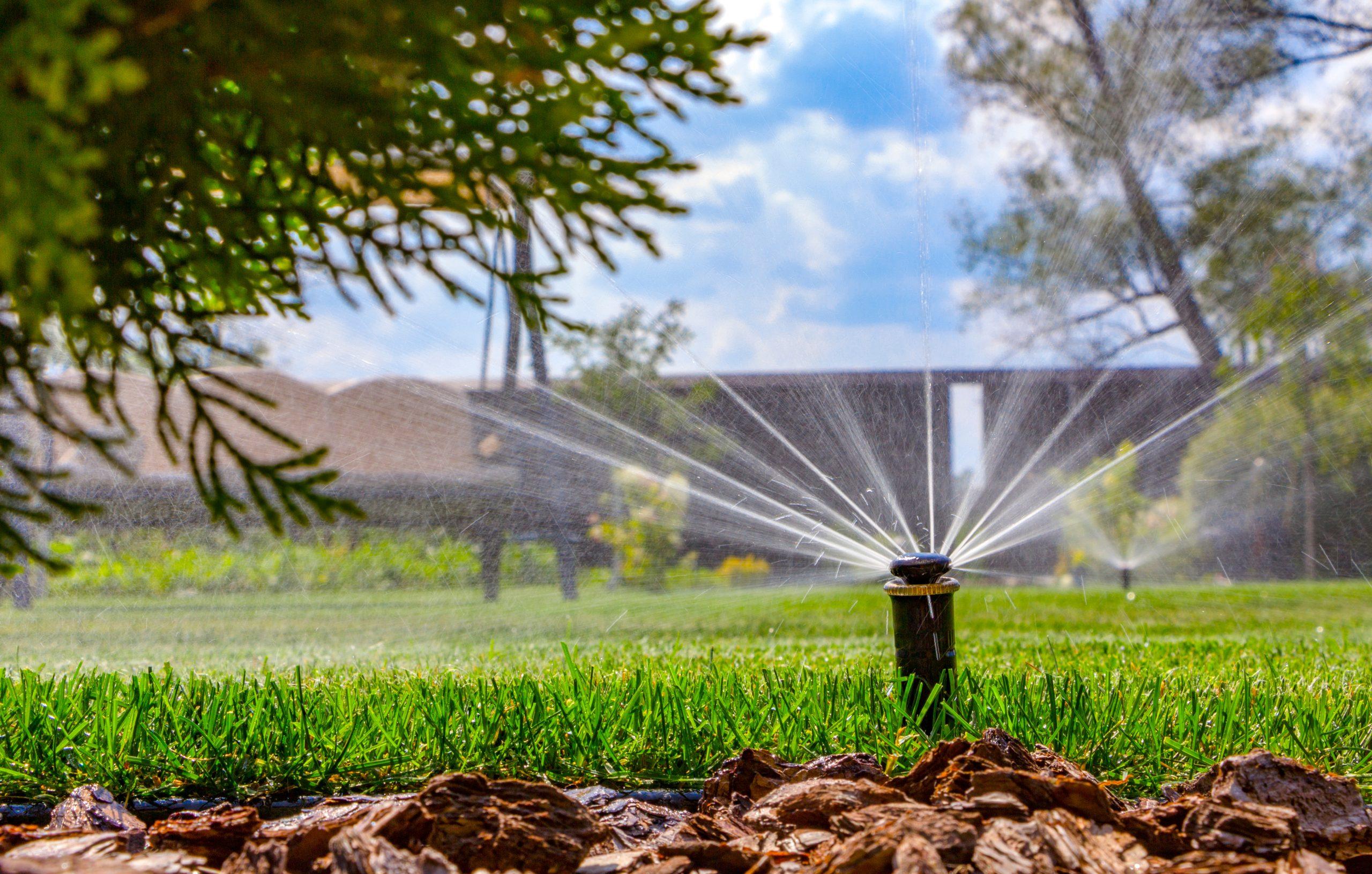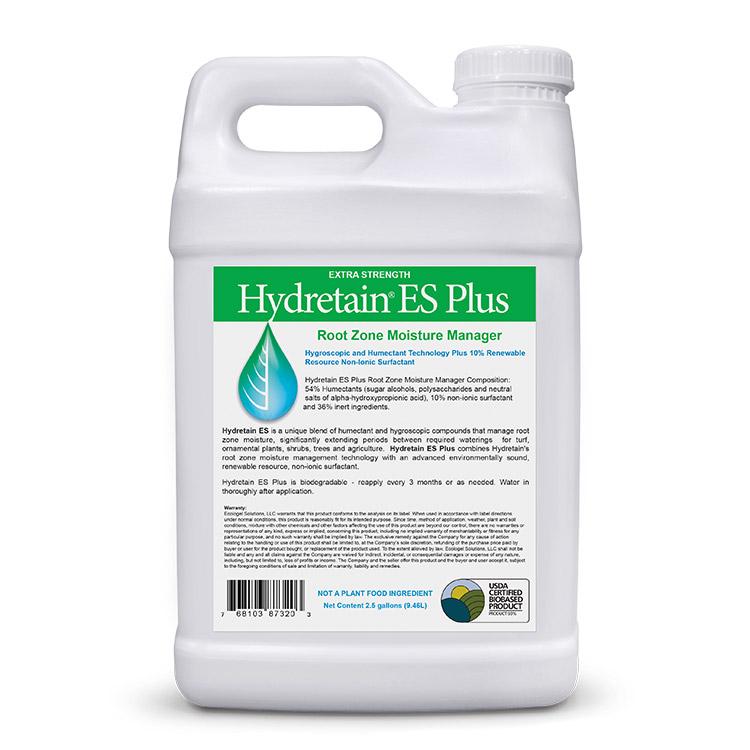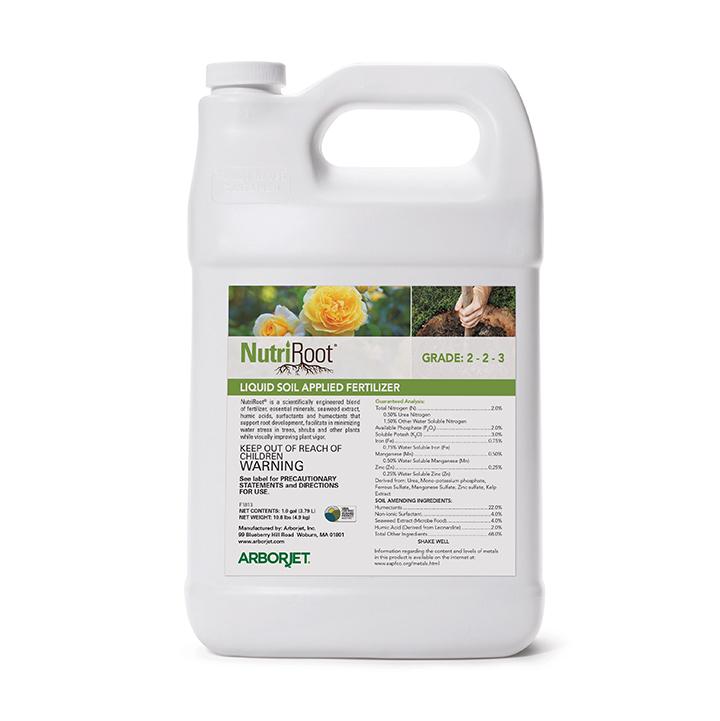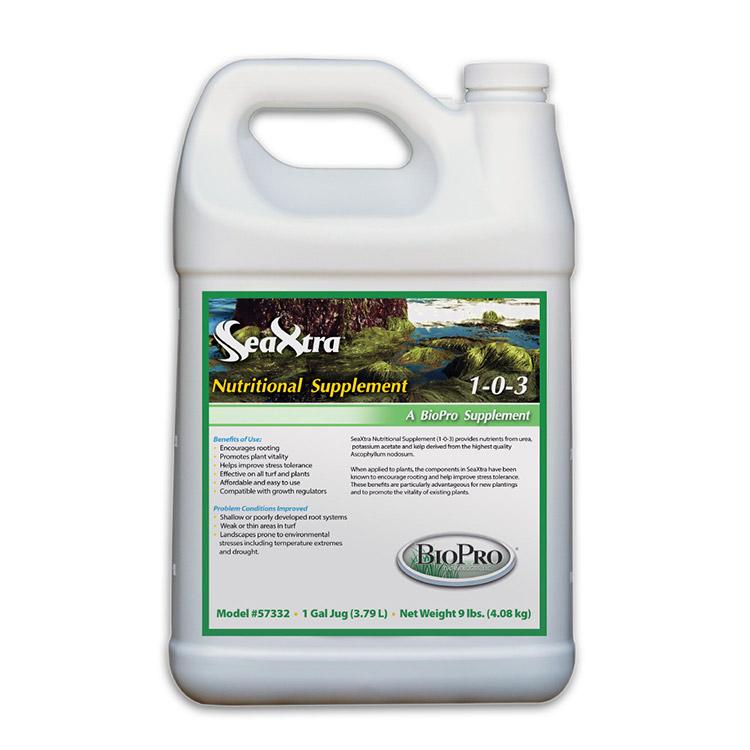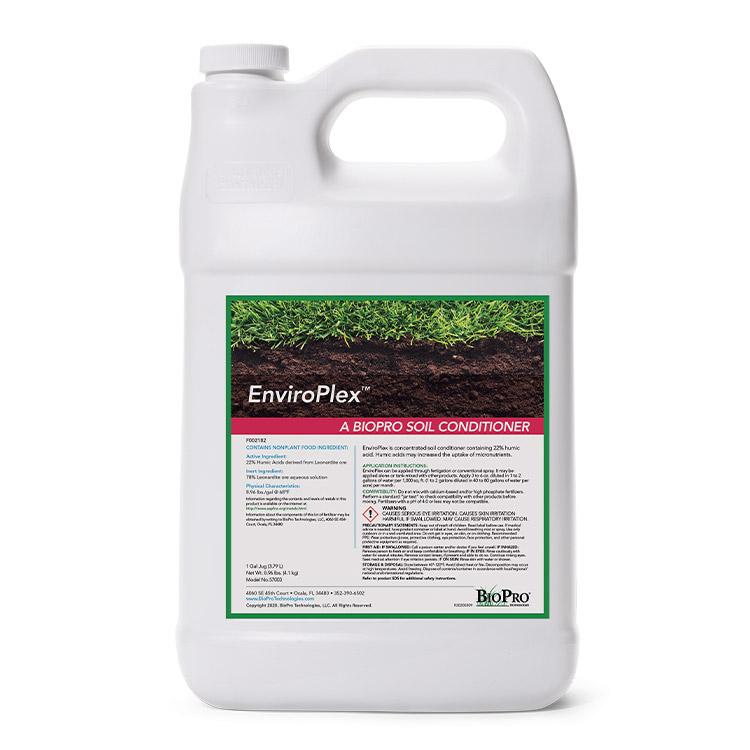July is Smart Irrigation Month—a time to spotlight the importance of efficient water use across agriculture and managed landscapes.
Smart irrigation focuses on optimizing water application through thoughtful practices and technology. With growing challenges such as drought, water restrictions, and outdated irrigation systems, it’s a timely and relevant topic across all regions.
Efficient irrigation supports plant health while conserving a critical resource. Below are key challenges that often reduce irrigation effectiveness—and what they really mean:
- Runoff & Overwatering – Excess water can lead to erosion, nutrient loss, higher utility costs, and stressed plants.
- Soil Condition – Compacted, poorly structured, or nutrient-deficient soil reduces water infiltration and retention.
- Weather Extremes – Sudden temperature swings or unexpected rain can undermine pre-set irrigation schedules.
- Human Error – Misunderstanding plant needs, system settings, or timing can lead to inefficient water use.
- Zone Incompatibility – Grouping plants with varying water needs in one irrigation zone leads to over- or under-watering.
The ‘Four Rs’ of Smart Irrigation
Smart irrigation means proactively identifying barriers and implementing the right strategies. The “Four Rs” provide a straightforward framework for better water management:
Right Source
Match your water source to its intended use. Potable water is ideal for edible crops, while non-potable or reclaimed water is suitable for ornamental landscapes. Always test for factors like salinity, which can damage sensitive plants.
Right Rate
Avoid short, frequent watering sessions. Instead, water less often but more deeply to encourage strong root systems and better drought resilience. This minimizes surface runoff and discourages disease development in overly moist soils.
Right Time
Water during early morning hours when evaporation is lowest and soil can absorb moisture more efficiently. Avoid midday or evening watering, which can lead to loss through evaporation or increase disease risk.
Right Place
Deliver water directly to where plants need it—typically the root zone. Consider using drip irrigation or soaker hoses for more precise delivery, especially for delicate or shallow-rooted plants.
Additional Smart Irrigation Tips
If plant stress persists despite good practices, you might benefit from water-management inputs that enhance soil performance:
- Hygroscopic Humectants – Attract and hold water vapor in the soil, reducing irrigation frequency and protecting roots during heat stress.
- Seaweed Extracts – Stimulate root development and support plant resilience through natural growth hormones.
- Humic Acids – Increase nutrient and water uptake by improving soil microbiology and root penetration.
- Compost & Organic Matter – Improve soil structure, boost microbial activity, and enhance moisture retention.
Final Thoughts
Smart Irrigation Month is a valuable opportunity to rethink how water is used in your landscape or operation. By adopting a framework like the Four Rs, you can make informed decisions that reduce waste, support plant health, and contribute to long-term sustainability.
This July, take the time to evaluate and upgrade your irrigation strategy—it’s a small shift that can yield lasting results.

